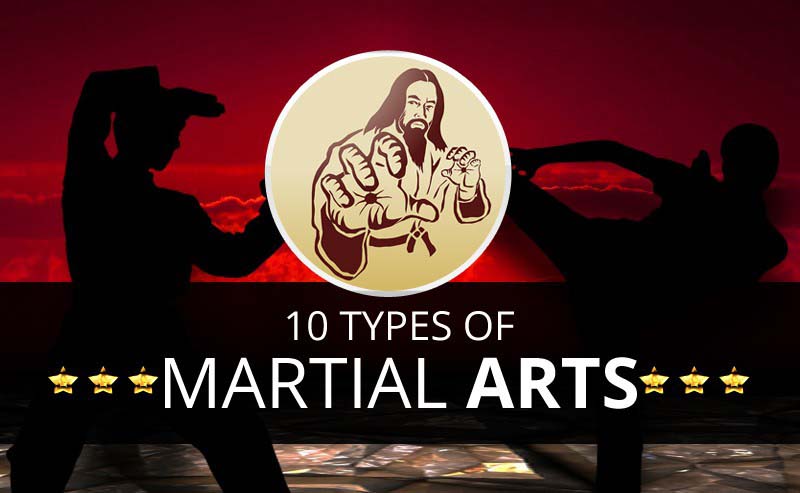Checking Out The Distinctions Between Typical Martial Arts And Contemporary Fight Sports
Checking Out The Distinctions Between Typical Martial Arts And Contemporary Fight Sports
Blog Article
Web Content By-Ware Hovgaard
When you consider martial arts, do you lean more toward the traditional methods or the modern-day fight sporting activities? Each course offers one-of-a-kind advantages and experiences, shaped by their viewpoints and training techniques. Conventional martial arts emphasize personal development and self-control, while contemporary battle sporting activities focus on competition and performance. Recognizing https://www.theonion.com/guy-taking-martial-arts-class-wants-to-show-you-somethi-1850652005 can guide you in picking the appropriate method for your journey. Yet just how do these differences materialize in training and approach?
The Philosophy and History Behind Typical Martial arts
While many people link martial arts with physical combat, the approach and background behind traditional martial arts run much deeper. You'll locate that these techniques highlight personal growth, technique, and regard.
Originating from old techniques, conventional martial arts were typically created for Self-Defense and spiritual development. They embody principles such as balance, harmony, and self-discipline, leading professionals beyond simple combating abilities.
As you train, you'll not just find out strategies but additionally obtain understandings right into the culture and worths that shaped these arts. The routines and practices, usually given via generations, promote a feeling of area and belonging.
The Affordable Nature of Modern Battle Sports
Modern battle sports have transformed the landscape of martial arts into a very competitive sector, where professional athletes face off in an examination of skill, technique, and endurance.
You'll see that competitors are commonly arranged with stringent regulations and policies, guaranteeing justice and safety. These events attract big target markets, fueling the excitement and intensity of competitions.
Professional athletes train carefully, not just for physical prowess yet additionally for psychological strength, knowing that every information counts in the ring. michael jai white martial arts throughout competitions is apparent, as boxers press their limits to declare success.
Followers appreciate the athleticism and creativity included, making modern-day combat sports a thrilling spectacle that continues to evolve and mesmerize fanatics all over the world.
Training Approaches and Techniques: A Relative Analysis
The affordable ambience of modern-day combat sports demands ingenious training methods that differ significantly from conventional martial arts.
In modern-day training, you'll concentrate on particular methods, competing, and conditioning, commonly using drills that mimic actual fight scenarios. You'll see a focus on quantifiable efficiency and frequent competition to examine your abilities.
On the other hand, traditional martial arts focus on kinds, katas, and thoughtful mentors, frequently stressing technique and respect over competition.
Training is generally much less extreme and might include recurring practice instead of real-time sparring.
While both approaches build skill and fitness, modern battle sports offer a much more vibrant and adaptable training atmosphere, preparing you for immediate challenges in the ring or cage.
Pick the course that lines up with your goals and passions.
Final thought
In choosing in between standard martial arts and contemporary fight sporting activities, it really boils down to what you value a lot of. If you're looking for personal development, self-control, and a feeling of neighborhood, typical arts might be your finest fit. However if you thrive on competition and real-time challenges, modern combat sporting activities could be the method to go. Eventually, both paths supply distinct benefits, so it's all about aligning your training with your individual objectives and rate of interests.
